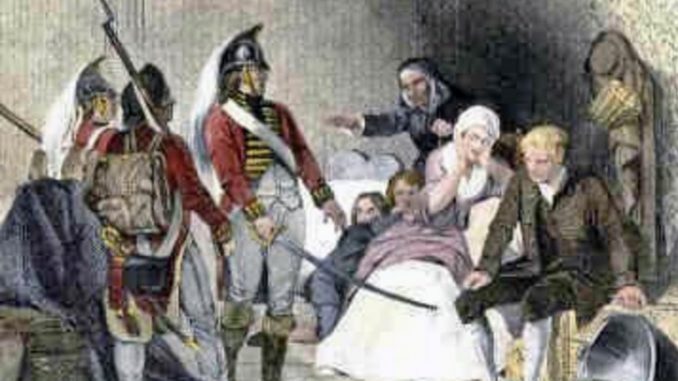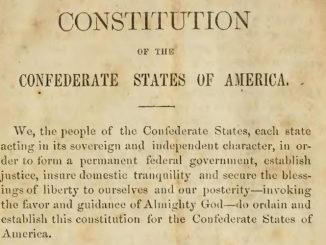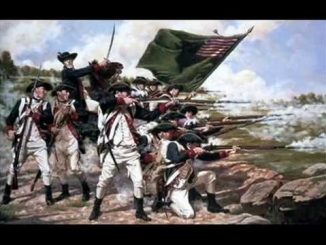
As the language of the act makes clear, the popular image of Redcoats tossing colonists from their bedchambers in order to move in themselves was not the intent of the law; neither was it the practice. However, the New York colonial assembly disliked being commanded to provide quarter for British troops–they preferred to be asked and then to give their consent, if they were going to have soldiers in their midst at all. Thus, they refused to comply with the law, and in 1767, Parliament passed the New York Restraining Act. The Restraining Act prohibited the royal governor of New York from signing any further legislation until the assembly complied with the Quartering Act.
In New York, the governor managed to convince Parliament that the assembly had complied. In Massachusetts, where barracks already existed on an island from which soldiers had no hope of keeping the peace in a city riled by the Townshend Revenue Acts, British officers followed the Quartering Act’s injunction to quarter their soldiers in public places, not in private homes. Within these constraints, their only option was to pitch tents on Boston Common. The soldiers, living cheek by jowl with riled Patriots, were soon involved in street brawls and then the Boston Massacre of 1770, during which not only five rock-throwing colonial rioters were killed but any residual trust between Bostonians and the resident Redcoats. That breach would never be healed in the New England port city, and the British soldiers stayed in Boston until George Washington drove them out with the Continental Army in 1776.







Be the first to comment